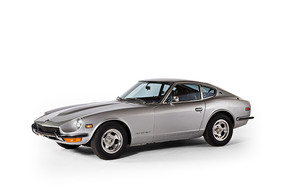
As it pulled around to pass my yellow Ford Galaxie, I read the badge on its side: Datsun 240Z, and watched hungrily as the new object of my desire eased ahead and then vanished in the haze that hung over Richmond. I caught sight of the car once more, at a toll booth.
Then it was gone.
Needless to say, I was smitten. And immediately on returning to North Carolina I placed my order for one – that is, I added my name to the waiting list. Then, as sure of himself as a young man can be, I waited with considerable lack of patience for my car to come in.
Six months or so later, the phone rang. I arrived at the dealership to look at the car that could have been mine with a mixture of awe and disappointment, since I didn’t have the money to pay for it – just over $3,000, as I recall.
A much older man today, I savor the memory of that young man’s moment. Not the auto lust that arose at first sight of the car that day in Richmond but the decision moment that came later as real-life priorities asserted themselves, priorities that did not include borrowing money I didn’t have to buy a car I couldn’t afford – I’d done too much of that already. It was time to settle down, and with that in mind, I no longer lusted after the Zs that flashed by me on the Interstate.
Now flash forward more than forty years to an article I came across about the “new” Datsun 240Z, a hope born in dreams that never totally got off the ground, although plenty of grown men with auto lust in their hearts seemed willing to spend themselves silly trying.
It was the mid ‘90s. Nissan, the Japanese car company known for a while in this part of the world as Datsun, had stopped production of their latest Z car iteration, and since a new one was still in design, decided to fill the gap with a bold and inventive marketing move.
First step was to buy up all the ’70 and ’71 240Zs they could find that were in good enough shape to rebuild (primary from the desert states). And the next step was to enlist the help of a handful of Southern California restoration shops that would dismantle and restore the cars – a process more akin to remanufacturing than restoring. Every nut and bolt was either reconditioned or replaced, including interior parts, engine and transmission; only the brake pads, some suspension pieces and tires were upgraded to meet current code. Nissan even supplied a plaque commemorating 26 years of the Z-car to be affixed to each “new” 240Z.
This time the price tag was $25,000, which increased to more than $27,000 before the project was abandoned after only 40 of 200 cars were produced. Apparently there weren’t enough takers.
Of course, I didn’t know anything about this in 1996 when the remanufactured cars were first offered for sale. Good thing, because life at that moment did not offer any spare change for an indulgence like the authentic … lustworthy … new … silver … Datsun 240Z that Nissan would have tempted me to buy.
It’s an amazing story. (http://jalopnik.com/what-happened-to-all-the-datsun-240zs-nissan-restored-i-1583370936). What's even more amazing, however, is how the image of that silver car from that day so long ago still lives in my mind. But isn’t that what brand is about, whether you’re selling an alluring sports car or making the best strawberry jam on the planet?
The most lasting brands are images. They are ideas that stick to your being. And will not be dislodged by anything short of calamity.
Brand is experience writ large. And for a few short years, Datsun got it right.
TakeAway: Does your brand live in the minds of your prospects and customers? If not, how can you make it that way?
Content © by Brian E. Faulkner
About Brian Faulkner:

Brian also is a three-time Emmy award winning Public Television writer
and narrator of UNC-TV’s popular Our State magazine series,
on the air since 2003.
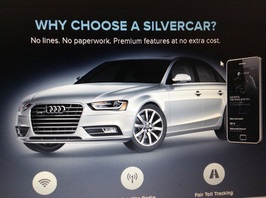

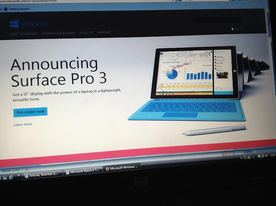
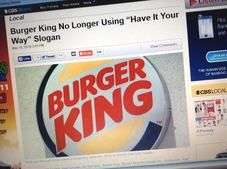


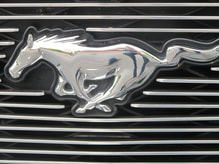

 RSS Feed
RSS Feed